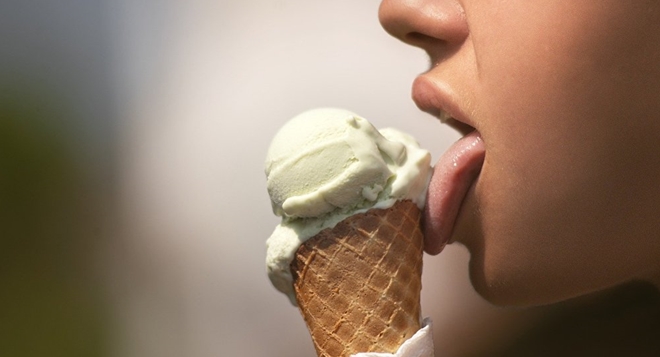Scientists design melt-resistant ice cream from banana plant waste
Researchers from the University of Guelph in Canada have found that adding tiny cellulose fibers from banana plants, which are usually disposed of as waste, into ice cream can slow down the melting process, increase its shelf-life and add extra smoothness. Goodbye added cream?
Last week, the researchers presented their work at the 255th National Meeting & Exposition of the American Chemical Society in New Orleans.
 |
"Our findings suggest that cellulose nanofibers extracted from banana waste could help improve ice cream in several ways," said researcher Robin Zuluaga Gallego.
"In particular, the fibers could lead to the development of a thicker and more palatable dessert, which would take longer to melt. As a result, this would allow for a more relaxing and enjoyable experience with the food, especially in warm weather," he added.
This discovery could mean evolution for the massive American ice cream industry.
n 2016, the US produced 1.3 billion gallons of ice cream, the US Department of Agriculture reported. On average, Americans consume around 23 pounds of ice cream yearly.
However, this is not the first time that food scientists have tried to beat the heat on ice cream's behalf.
In 2017, Japanese scientists developed a melt-resistant ice cream by adding strawberry polyphenols to it.
"Polyphenol liquid has properties to make it difficult [for] water and oil to separate so that a popsicle containing it will be able to retain the original shape of the cream for a longer time than usual and be hard to melt," said Tomihisa Ota, a professor at Kanazawa University who developed the melt-resistant ice cream, Asahi Shimbun reported.

